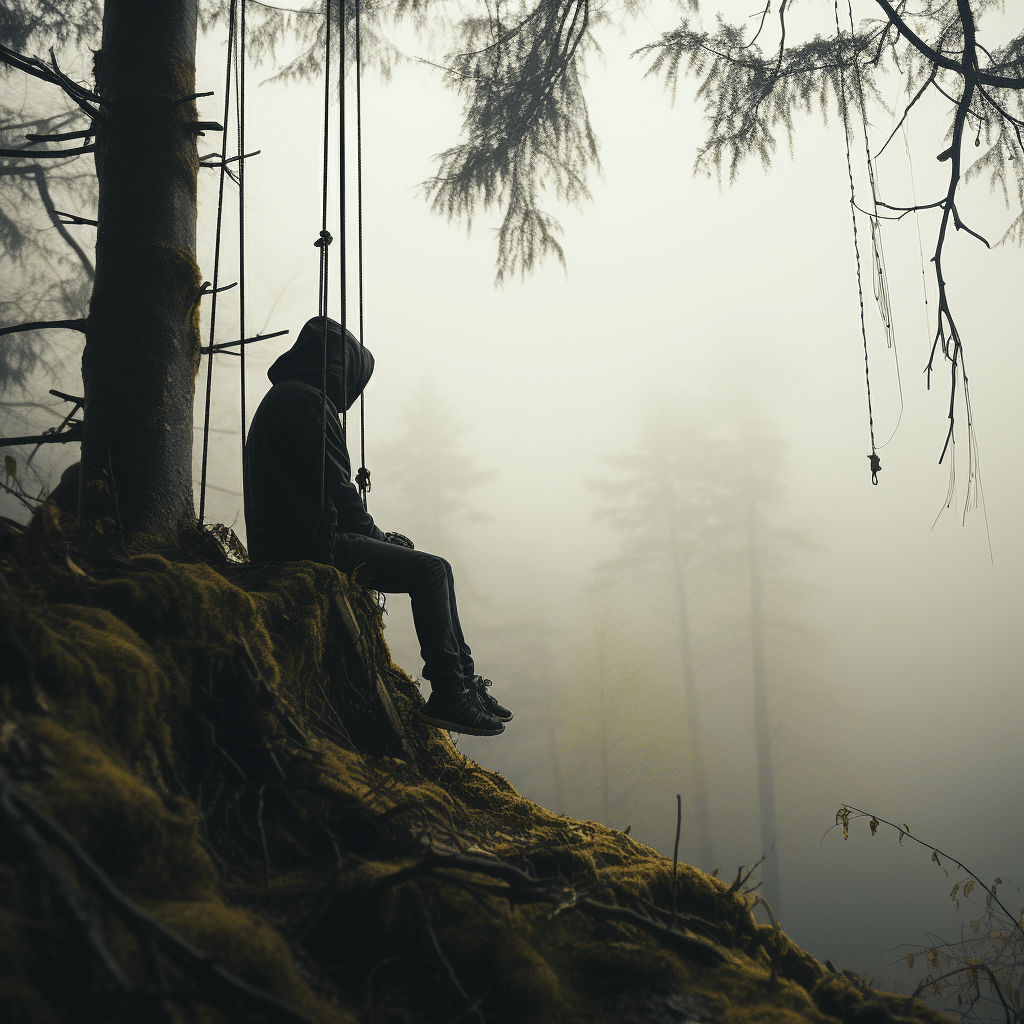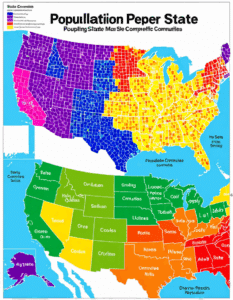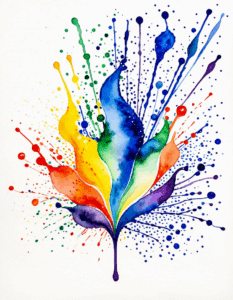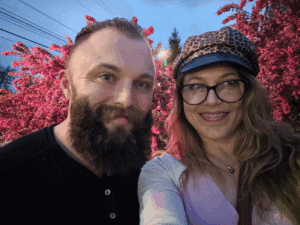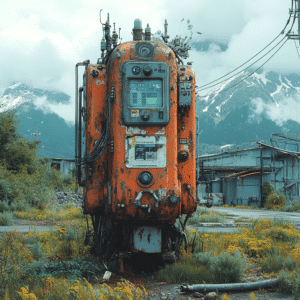At the heart of human suffering lies an intricate web of emotions that can sometimes become overwhelming enough to prompt individuals toward the thought of ending their own lives. “Suicidal quotes” echo the profound pain of such moments, encapsulating a cry for help that desperately seeks an answer. In our compassionate exploration of these harrowing echoes, we endeavor to illuminate the shadows cast by such thoughts and, in doing so, reach out to those who need support the most.
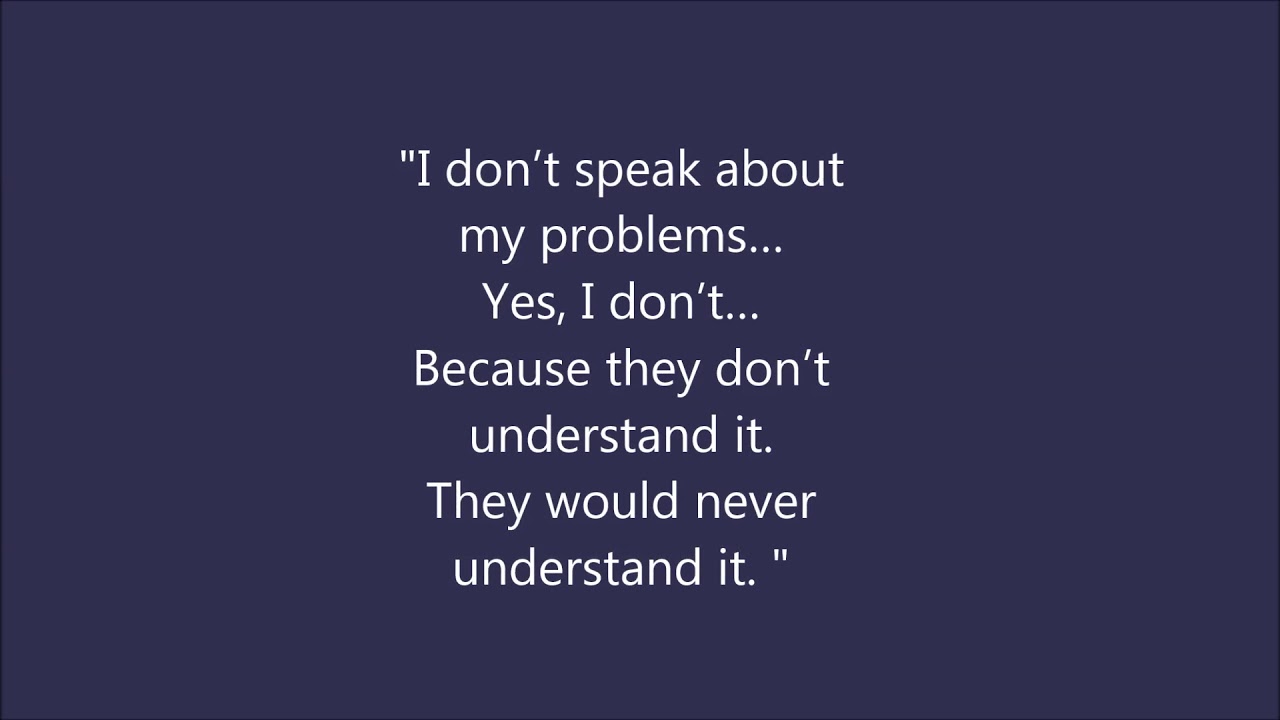
Deciphering Suicidal Quotes: A Compassionate Exploration
When we encounter suicidal quotes, it can be like stumbling upon a perplexing language spoken by a heart in distress. These thoughts and feelings are often articulated in ways that aren’t straightforward—veiled in poetry, tucked away in personal diary entries, or hidden in the subtext of a seemingly casual conversation. Getting to grips with the context and the raw emotions encapsulated in these expressions is crucial to recognizing and addressing a silent cry for help—a whisper that must not go unheard.

Quotations on Suicide: The Veiled Pleas for Understanding
Ah, the mystique of quotations on suicide—they’re not just mere strings of words, but a peek into the souls caught in turmoil. Consider these striking examples:
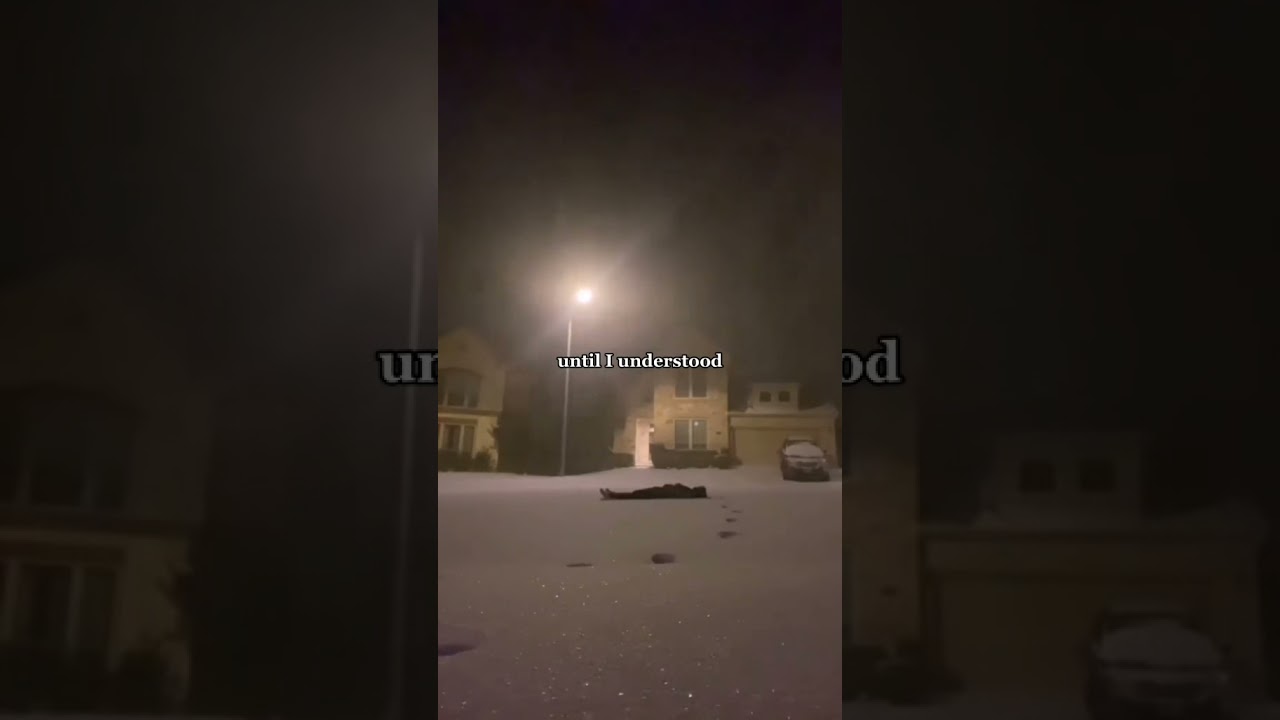
| Concern Area | Description & Information | Warning Signs | Support & Action |
| Understanding Suicidal Thoughts | Suicidal thoughts can range from abstract feelings of wanting to die to specific planning for suicide. It’s crucial to take all such thoughts seriously. | Talking about wanting to die, feeling hopeless, extreme mood swings, feeling trapped or in unbearable pain. | Encourage open communication. Validate the individual’s feelings. Promptly seek professional help. |
| Risk of Suicide | The risk is higher among individuals with mental health conditions, substance abuse issues, or who have experienced trauma. | Withdrawal from friends and family, giving away prized possessions, aggression or fatigue. | Share resources such as the National Suicide Prevention Lifeline. Offer to accompany them to appointments. |
| Responding to Suicidal Communication | If someone is expressing suicidal thoughts through quotes or communication, it’s a sign they may need immediate help. | Sharing or identifying with suicidal quotes, expressing a desire to escape pain. | Respond with empathy, do not judge. Assure them they are not alone and encourage them to seek professional help. |
| Prevention | Awareness and education can prevent suicide by identifying warning signs early and addressing mental health issues. | A decline in personal care, searching for methods of suicide online, increased use of alcohol or drugs. | Promote mental health education and resources. Advocate for support systems in schools and the community. |
| Support Systems | Family, friends, healthcare providers, and peer support groups can all be part of a strong support system. | Difficulty in reaching out for help, feeling like a burden to others. | Be an active listener. Create a supportive and non-judgmental environment. Offer help in finding professional support. |
Delusional Quotes: When Reality and Mind Clash
What about those delusional quotes that haunt the edge of sanity? They paint a stark picture of how our minds can create a reality that’s out of sync with the world around us.
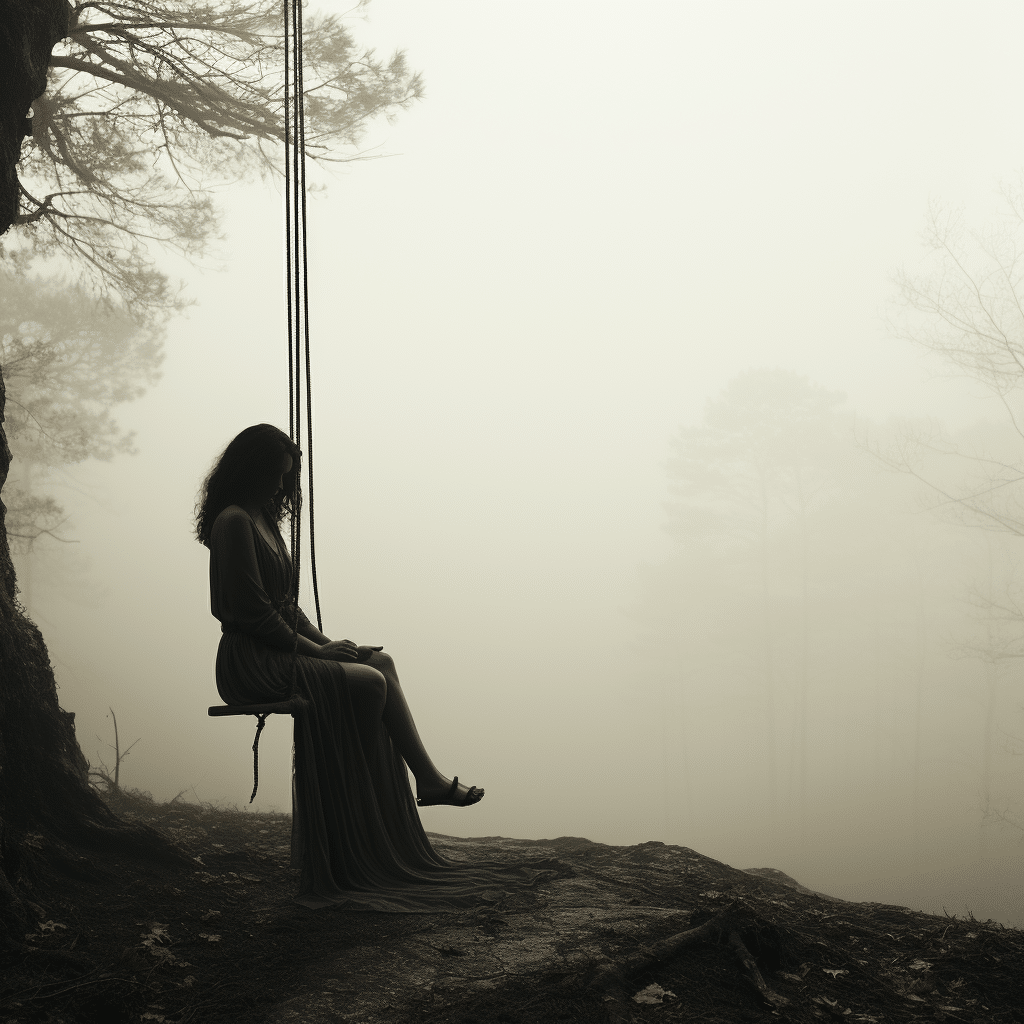
Quotes for Suicidal Individuals: Words as a Beacon of Hope
Some quotes for suicidal individuals can be a lifeline, capturing the essence of their plight while also offering a glimmer of hope.
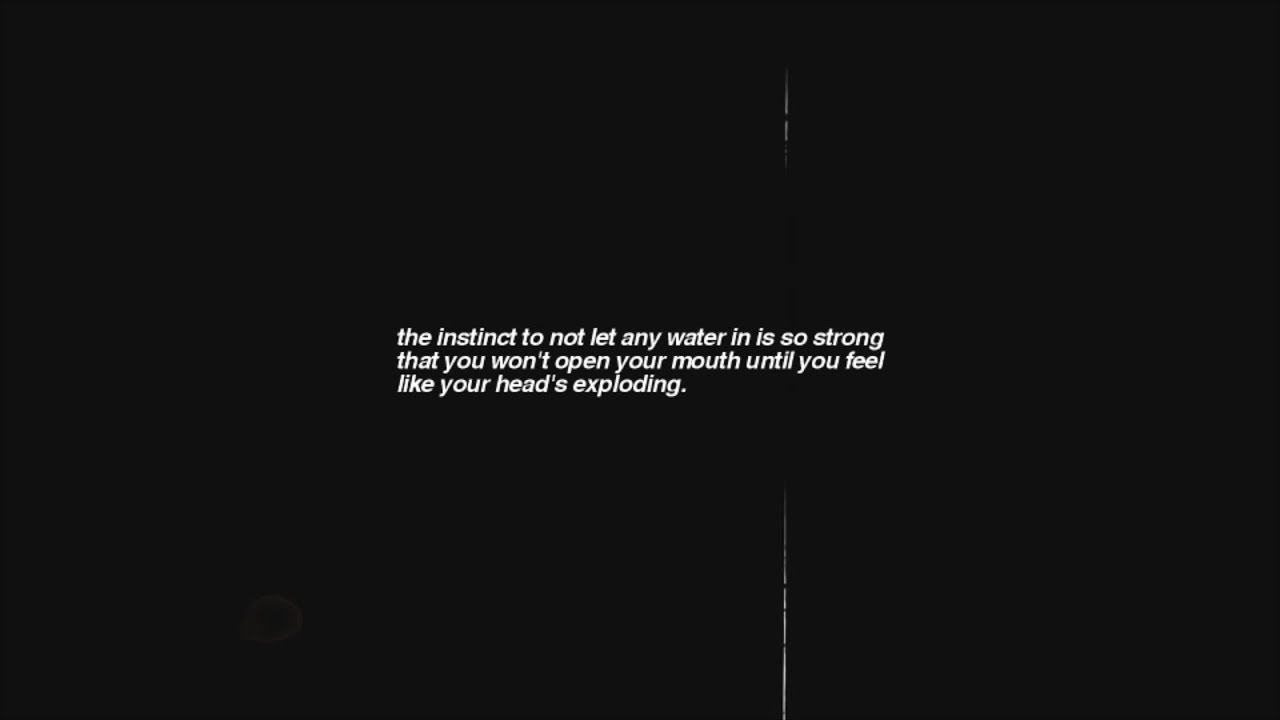
Quotes on Suicidal Thoughts: Unveiling the Hidden Agony
The maze of the mind can trap us in a cycle of pain, and quotes on suicidal thoughts tear away the curtains to reveal the inner struggle.
Quotes Suicide Leaves Behind: The Echoes of Loss and Lessons Learned
The void left by suicide is often filled with reflections—did we miss the signs, did we listen? Quotes suicide leaves behind are mementos of those reflections.
The Impact of a Single Suicidal Quote: Prevention and Intervention
Sometimes, all it takes is a single suicidal quote—a nudge to rouse us from complacency and towards action. Recognizing the agony behind such expressions demands sensitivity and readiness to engage in meaningful interaction.
Embracing Empathy: Moving Beyond Suicidal Quotes
Our journey through the intricate expressions of despair encapsulated in suicidal quotes implores us to leap from insight into action. Crafting an ecosystem of empathy, we open avenues for dialogue, making sure help is within reach for those caught in the morass of suicidal ideation, is of paramount importance. Such empathy underpins the work of MothersAgainstAddiction.org, as it extends its hand to parents grappling with the heartbreak of their children’s addictions.
As we commit to a future where suicidal quotes lead to life-affirming discussions rather than tragic ends, we shoulder the responsibility to lay the groundwork for recovery and healing. Let’s make certain our commitment to each other holds the power to light up the darkest corners, ensuring that every cry for help finds a listening ear and a helping hand.
Understanding Suicidal Quotes Through Trivia
A Cry from the Silver Screen
Did you know that understanding context is key when examining suicidal quotes? Take, for example, an actress like Tracie Thoms. Known for her powerful performances, Thoms brings depth to characters grappling with intense emotions, potentially including suicidal thoughts. Her ability to portray such complexity reminds us that there’s always a deep story behind every cry for help, something much more intricate than what’s on the surface. This idea, akin to waiting for the “after credit scene in Blue Beetle, shows us important details often linger just beyond the main narrative, critical for full understanding.
Technology Reaching Out
Surprisingly, technology can be an ally in recognizing suicidal thoughts. Imagine a friend who’s struggling silently—they might drop a hint through a quote sent via iMessage. But what if your device isn’t set up correctly to receive it? Learning How To enable Imessage could be more than just a convenience; it could make you accessible in a timely moment of need. This seemingly mundane tech knowledge becomes starkly important when we consider its potential role in connecting and potentially saving lives, similar to how an unexpected gift can lift spirits. Speaking of which, have you ever thought about how a simple browse for teacher gift Ideas might inadvertently provide you with inspiration on how to reach out to someone in need? Sometimes, it’s the little things that hint at a bigger picture.
The Echoes of a Global Struggle
Finally, let’s talk about the impact of global events on mental health. Even though we might not be actively following war news 24/7, exposure to distressing headlines can subconsciously affect our collective psyche. Reading through articles such as those provided by Mothers Against can give us indirect insights into possible suicidal quotes that might echo the world’s turbulence in a personal way. Just as historical memoirs by resilient figures like Eliza Fletcher can teach us about overcoming adversity, today’s global news can serve as an ongoing diary, marking the emotional footprints of society’s challenges.
In all this trivia, remember: Every mention of suicidal quotes is an opportunity for connection and aid. Through understanding the context whether it’s from an actor’s portrayal, a subtle message needing tech to be accessed, or the echo of global strife in personal struggles, we can get better at seeing and responding to these alarms. It’s about keeping our eyes and ears open, lending an empathetic ear, and maybe, just maybe, offering a lifeline that was sought after through a mere quote.
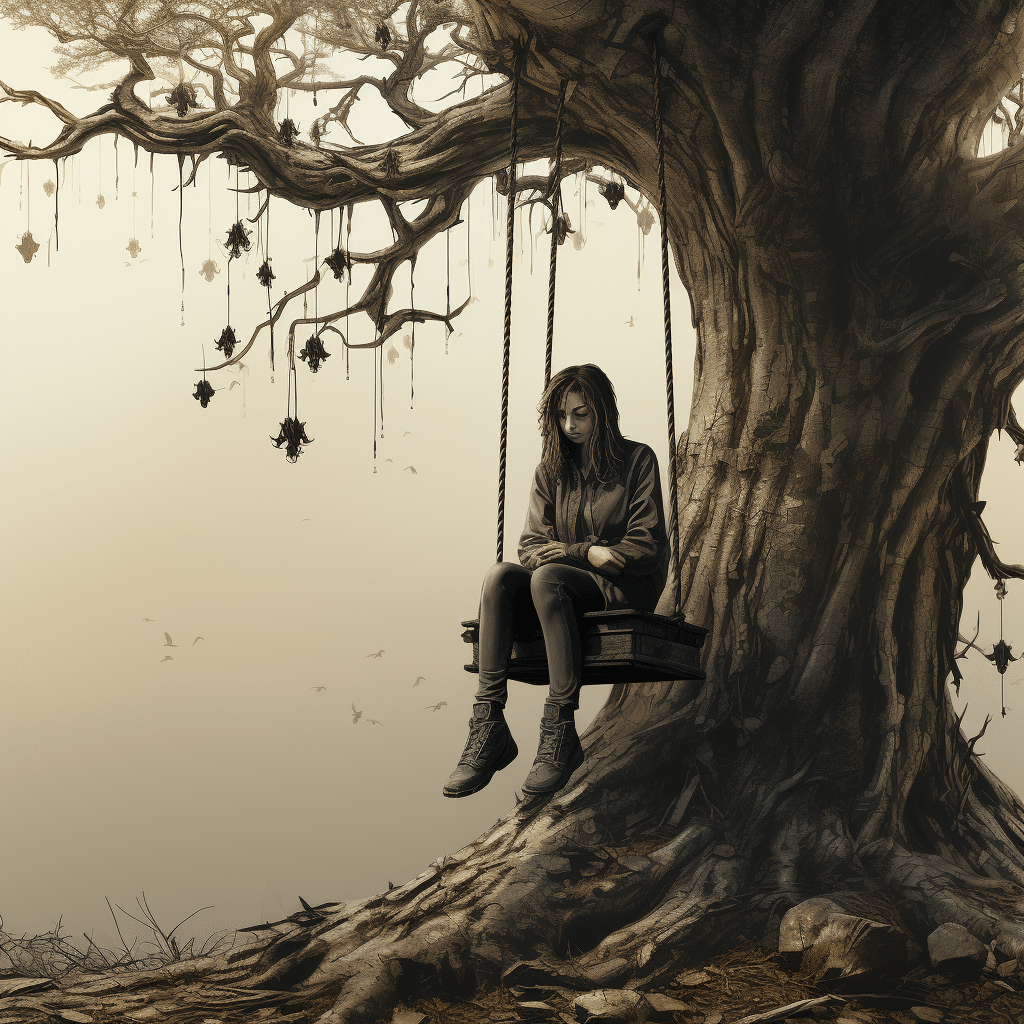
What does it mean to be highly suicidal?
– Being highly suicidal often means you’re dealing with some pretty heavy thoughts, like considering ending it all or feeling the world’s better off without you. But listen up, it can get real serious, especially if you’re planning out ways to do it. Hey, if you’re in that dark place, know that you’re not alone and there’s help out there.
What is called suicidal tendencies?
– “Suicidal tendencies” might sound like someone is leaning towards suicide like it’s a bad habit. Nope, not at all. It’s actually an outdated way to say someone’s at risk of suicide, not that they’re naturally inclined to it. If that’s what you’re feeling, it’s way more than just a tendency – it’s a signal to reach out for help, pronto.
How many suicidal deaths this year?
– Oh, boy. Talking numbers, when it comes down to suicidal deaths this year, it’s a real downer. These stats can change faster than a cheetah on a treadmill, so it’s best to look up the latest figures from reliable sources like the World Health Organization or your local health department to get the current scoop.
What are the 4 types of suicidal?
– The 4 types of suicidal? Yeah, it’s a tough one. We’ve got suicide ideation – that’s when thoughts of not wanting to live pop into your head. Then there’s suicide plans – that’s when you actually start mapping out how to end your life. Followed by suicide attempts – that’s an actual try, even if it doesn’t pan out. And lastly, completed suicide – sadly, that’s when someone succeeds in taking their own life. Pretty grim, huh?
Why are people more suicidal at night?
– Why are people more suicidal at night? Well, it’s like everything’s quieter, and those pesky thoughts just can’t wait to have a party in your head. The darkness kinda sets the mood, loneliness creeps in, and all that overthinking hits you like a ton of bricks. Nighttime can be a real tough opponent for our minds, am I right?
What are the most suicidal disorders?
– Most suicidal disorders? That’s a heavy hit list, but topping the charts are depression, bipolar disorder, and schizophrenia. Eating disorders and anxiety disorders get in on the action too. It’s like each one’s got its own messed-up way of pushing folks towards feeling hopeless.
What is the opposite of suicidal?
– What is the opposite of suicidal? Imagine feeling like life’s a bowl of cherries and you’re the cherry on top! That’s the opposite vibe – it’s called being self-preserving or life-affirming. It’s when you’re all about keeping yourself safe and seeing the sunrise as a big, shiny high-five.
What kind of music is Suicidal Tendencies?
– Suicidal Tendencies? Oh, we’re not talking moods here. We’re diving into some hardcore punk rock tunes! These guys throw down some serious jams with their blend of punk, thrash metal, and funky beats. Strap on your air guitar and get ready to rock out!
What is the leading cause of death in teens?
– Leading cause of death in teens? – it’s a real shocker. It’s accidents, yeah, but followed too closely by suicide. Our hearts go out to those struggling, and we’re all about turning that stat around. Keep your eyes peeled for ways to help the youth dodge that grim reaper.
How many people have died in the whole world?
– How many people have died in the whole world? Whoa, we’re talking since the dawn of time? That’s a number with more zeros than you’d see at a donut convention. Seriously, calculating total deaths since humanity’s opening act is a job for historians and demographers with supercomputers!
How many people died in the world?
– How many people died in the world? – Roll out the daily count or tally up the yearly total, either way, it’s a number that’s as big and as sobering as the final exam after a semester of partying. Your best bet for real-time stats is to check with the folks who keep track of this stuff, like the United Nations or World Health Organization.
What are the most suicidal disorders?
– The most suicidal disorders – Man, we circled back to that dark place. Still got depression, bipolar disorder, schizophrenia, eating disorders, and anxiety disorders on the list. It’s like the worst kind of top 5 nobody wants to be on.
Does being depressed mean you are suicidal?
– Does being depressed mean you are suicidal? Nah, not necessarily. It’s like every cloud has a silver lining, but some clouds are stormier than others. Depression’s a rough ride, and while it might make someone think about checking out early, it’s not a done deal that they’ll try to end their life.
What is a suicidal homicidal ideation?
– Suicidal homicidal ideation? That’s deep, dark stuff – it’s like someone’s mind is a battleground with thoughts of harming themselves or others. It’s the reddest of red flags and a cry for help that needs an ASAP kind of answer. If you or someone you know is there, it’s time to call in the pros.

